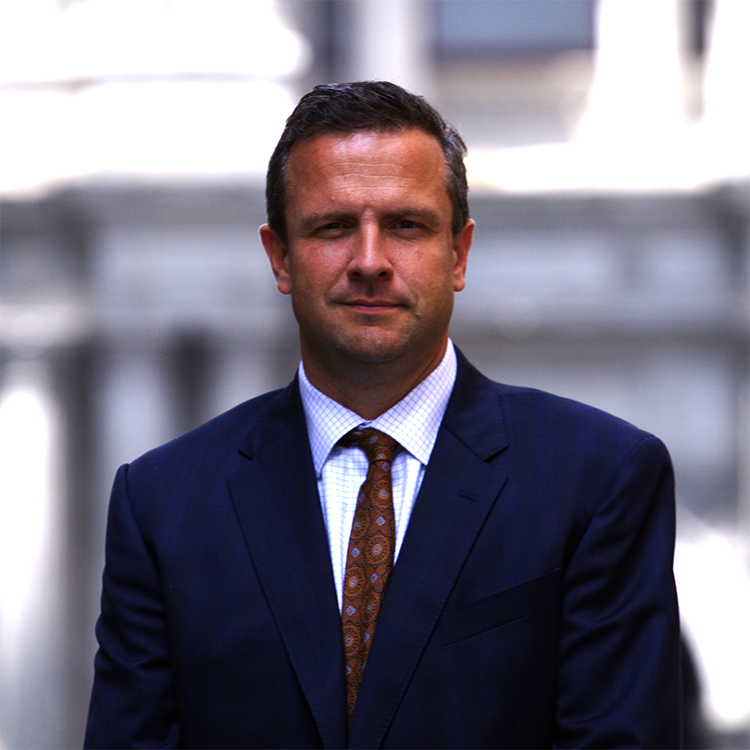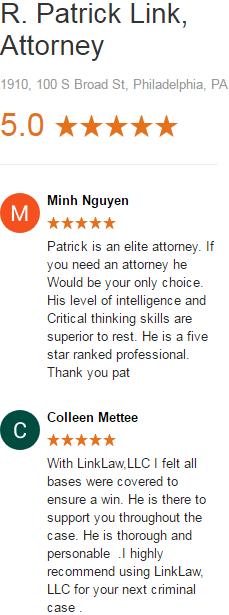When Police Make Mistakes

As a criminal defense attorney, there is nothing sweeter than watching the Commonwealth’s case completely implode when the prosecutor mistakenly thinks he is putting his best witness and evidence in front of the jury. I had the pleasure of such an experience in a recent jury trial of mine.
Case Background
The allegations in this were that my client, S.R., and a co-conspirator, A.J., gunned down a man as he was entering a house at 611 Franklin Place. What was not in dispute was that S.R. and A.J. had been in an ongoing dispute with the females living in 611, and that there were numerous incidents where S.R. threw juice on the females and tried to get other girls to fight them. It was also not disputed that shortly after one of these incidents, one of the girls from 611 called the victim and his brother and told them they were having problems. At some point, the brothers arrive, a shootout ensues outside of 611, and the victim is shot multiple times.
Twists & Turns
The twists and turns occur almost immediately. When police respond they see the victim’s car still running about a half a block away, with the brother’s car right behind it. In BOTH cars, police find empty holsters. While the victim denied having a gun, his brother sold him down the river and stated to police that the victim did have a gun, but fired in self-defense. Both the victim and his brother identified the defendants as shooters.
Although the brothers made statements and identifications, their credibility was torn to shreds at trial due to their obvious bias, their own role in the incident, the fact that both had numerous cases for which they were on probation (meaning that an arrest automatically sent them to jail), and the inconsistencies in their statements and testimony. Thus, the defense was able to show that these individuals had ample motive to lie, and had in fact made previous false statements under oath and to the police.
The Prosecution’s Star Witness
The prosecution’s star witness in the case was a woman who was allegedly inside of the living room at 611 at the time of the shooting who identified both defendants. According to the prosecution, she had no motive to lie, and her testimony corroborated the testimony of the victim and the brother. However, when the assigned detective on the case took the witness stand, her credibility was shattered and the entire police investigation was undermined.
The assigned detective first testified on direct examination that he found numerous shell casings outside of the residence, which were from a different caliber gun than the victim had. While acknowledging that the location of the shell casings were of vital importance to determine where the shooters were standing in relation to where the victim was shot, he only took pictures of each individual casing as seen below.
Exhibit A
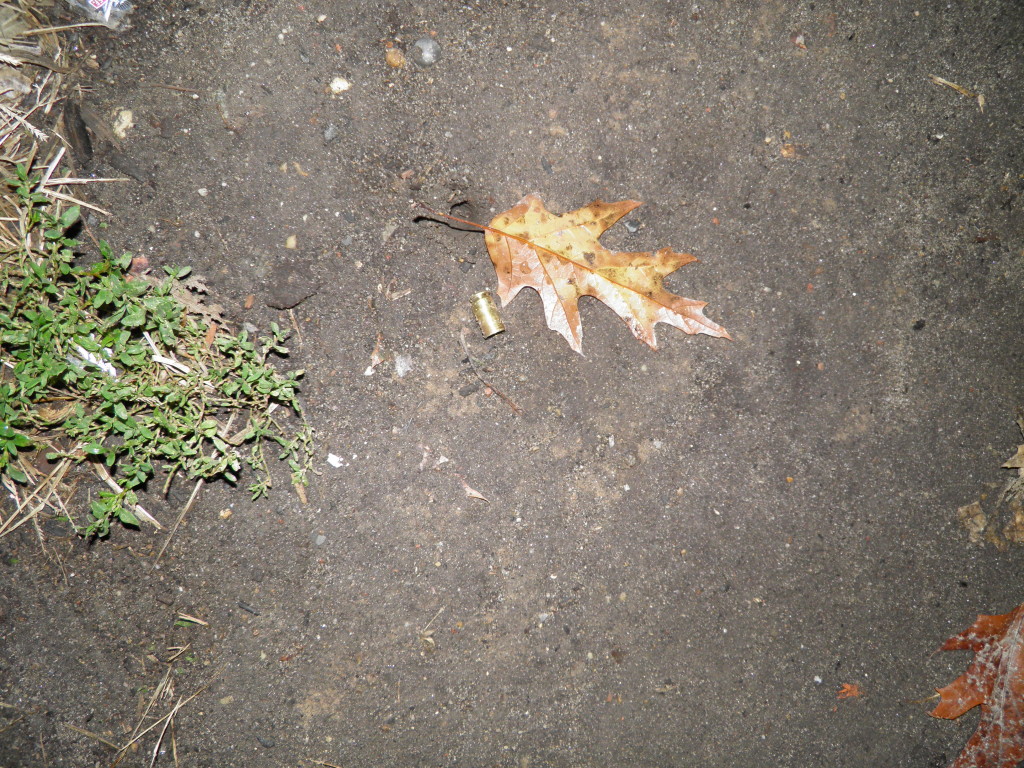
The detective did not follow procedure and place evidence markers next to the casings and take a photo of the entire crime scene so that a jury could get an idea of where the shooters were actually standing. Instead, the officer stated that the casings were recovered from around the area of the police car noted in the picture below. Notice the flash from the camera.
Exhibit B

The Defense’s Cross-Examination
On cross examination, the detective tried to explain away the lack of evidence markers by stating that the crime scene unit had been tied up on another shooting in another part of the city. However, he agreed that there were sticks in the area. He had access to paper. He had access to tape. So yes, he could have made his own markers. But, he said, the casings were by the police car. At that point, I asked him whether he took any pictures from inside the living room where the star witness said she was standing. He indicated that he had. I asked him whether the pictures he took accurately depicted the scene from the night of the shooting, and of course he answered in the affirmative. The detective was then shown the following picture:
Exhibit C
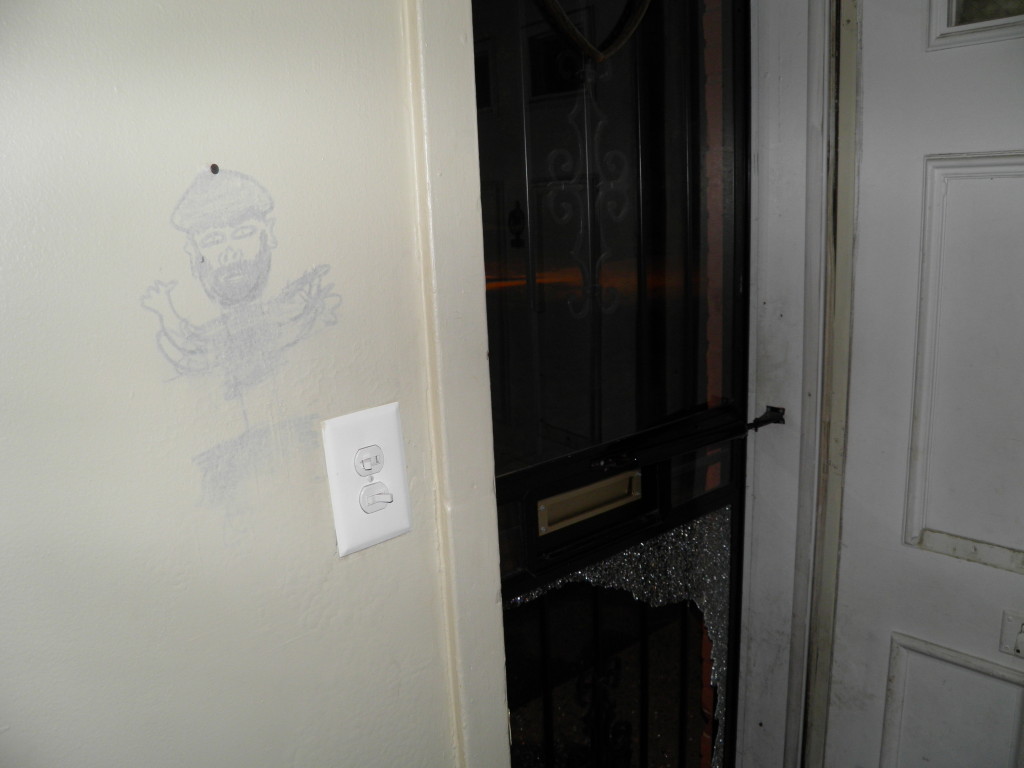
The detective was asked whether the picture was in fact a view from the living room inside of 611. He answered that it was, and was then asked whether he saw the police car from the picture above, where he stated that the casings were recovered from. At this point, I think the detective realized the irreparable harm that had been done to the case. Why was the police car not visible from the living room? Was it at an impossible angle? Was it too dark? If the police car was not visible in the picture, how could the star witness have seen the shooters firing the guns from that area, especially in a hail of gunfire with shattering glass everywhere? He didn’t have a good answer to those questions and in an apparent acknowledgment that it seemed impossible that the star witness saw the shooting by looking through the doorway, the detective testified that she must have seen it through the window . The detective was then shown the photograph listed below:
Exhibit D
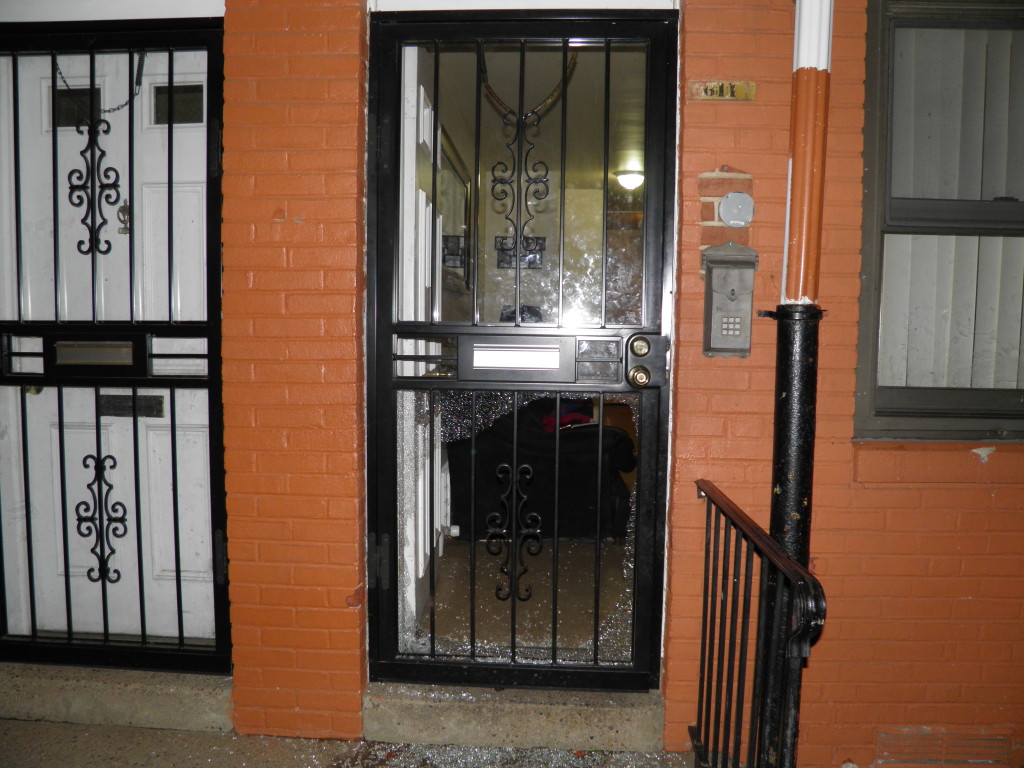
This was the final nail in the coffin for the Commonwealth’s case. Clearly the shades were drawn so the witness could not have made her observations out of the window either. Therefore, the defense successfully argued that the star witness was also lying to cover up for the victim and the brother, and that the police, rather than search for the truth, buried their heads in the sand to quickly clear the case from their inventory. The names of both defendants were given to police by the witnesses because they merely assumed the defendants had something to do with the shooting due to their role in previous incidents. The jury came back with a quick not guilty of all charges for both defendants.







